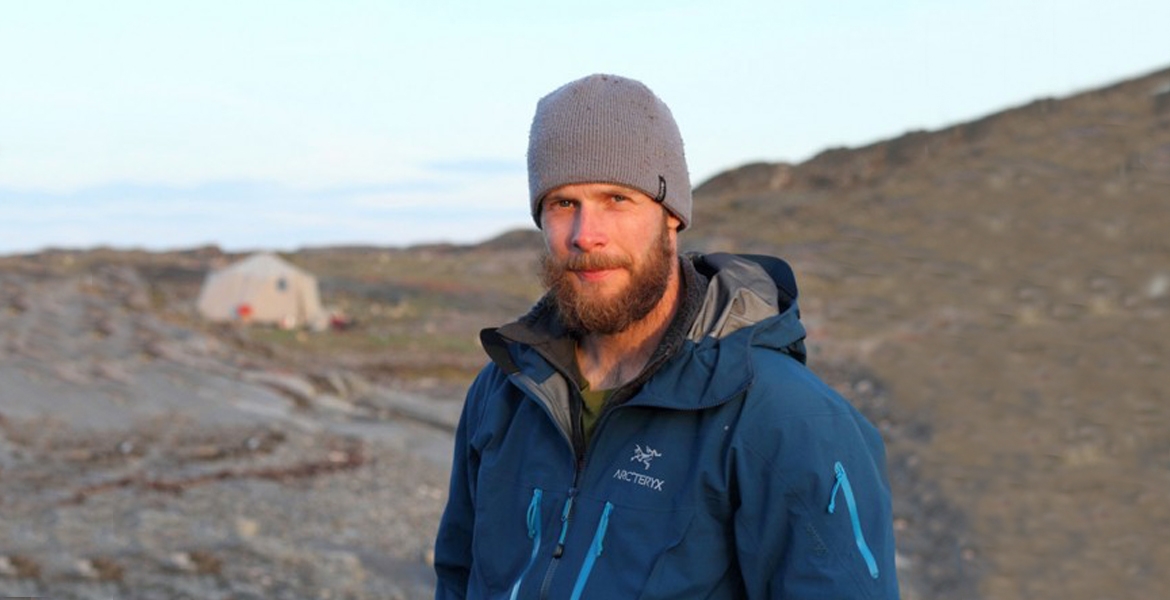
The focused scope of research in Canada’s Arctic potentially leaves dozens of species at risk, says a UWindsor post-doctoral researcher.
Cody Dey, currently studying in the Process-Driven Predictive Ecology Lab at the Great Lakes Institute for Environmental Research, said conserving Arctic wildlife poses a challenge because 10 per cent of birds, fish and mammal species have never been the subject of a published study.
“It was really shocking to learn that over the last 30 years there have been zero papers published on 37 species in the Arctic,” Dr. Dey said, a Liber Ero Postdoctoral Fellow.
“Right now, we are going blindly ahead with development projects even though you could correctly say we are using the ‘best available science.’”
“We need to be more precautionary because we don’t know very much about many of these species.”
Dey led a team of researchers from other Canadian universities for a paper published in Arctic Science this month.
“One of the things we looked at was the number of papers that had been published on each species over the last 30 years,” Dey explained.
“We suggested that if the five of us couldn’t find the papers during the course of the study then it’s clearly not readily available.”
In the paper, the team demonstrates the challenges facing Arctic conservation and lays the groundwork on how to focus more scientific resources onto the overlooked species.
The IUCN Red List of threatened species is widely recognized as the most comprehensive approach for evaluating the conservation status of plants and animals.
But species in the Arctic, particularly marine fishes, are too understudied to even be considered for the IUCN Red List.
That means, according to Dey, that some of the species may be unknowingly at risk of extinction.
“With such a small number of species up there it is likely that every species has a relatively important role,” Dey said.
Dey said despite the region’s remoteness, biodiversity research is manageable because there are comparatively fewer species to study. And some Arctic species are highly studied (like polar bears, caribou and whales) but we need to increase our research focus on other, less charismatic species, if we want to protect all Arctic biodiversity.
It is Dey’s hope that by bringing this void to the attention of the scientific community, “we can start working towards filling in these gaps and taking a more mindful approach with development.”
To read Dey’s paper, visit Arctic Science at www.nrcresearchpress.com.
By Dylan Kristy